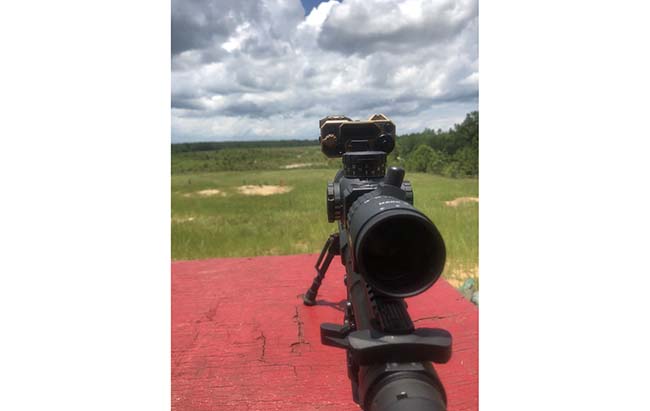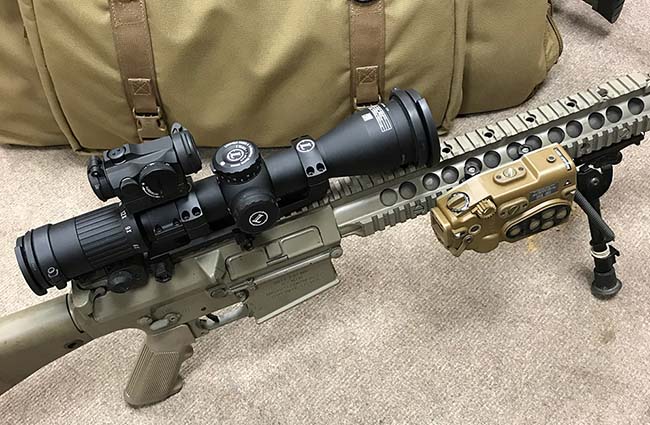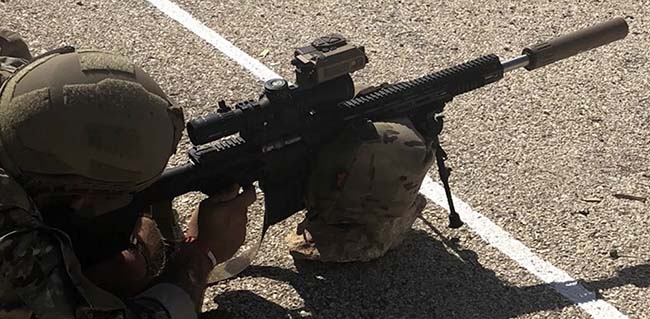ABOVE: Snipers employing the M110 SASS from Knight’s Armament Company in its original configuration.
We’ve all heard jokes about the government paying $1,000 for a toilet seat. Conversely, if you’ve served in the Army, then there has been a specialist somewhere who told you how your rifle was made by the lowest bidder. Or how about the one where your uniforms are stitched together by a bunch of blind people, tucked away in a lighthouse? Any of these stories and many more have come about because of the nuances associated with the bureaucracy that is Defense acquisitions.
We see the failures of this acquisitions system reported in the news daily—setbacks with the F-35 Joint Strike Fighter program; drop fires from the M17 Modular Handgun System pistols; heck, our Army has changed camo patterns three times in the last 15 years.
I understand the difficulty of making decisions on equipment when you have contracts that extend into the hundreds of millions or when said equipment must reach the hands of every soldier in the force. How can just a few people make decisions for so many? But, what I want to talk about is a much smaller community and its equipment. A community that, when employed, doesn’t rely on million dollar pieces of equipment. These soldiers operate in small teams, many miles ahead of friendly forces: the sniper and his rifle.
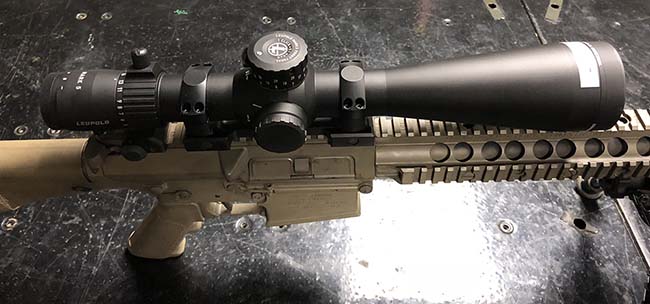
As stated in the newly published Training Circular (TC) 3-22.10, “The sniper’s ability to engage point targets with accuracy at long range with minimal risk of collateral damage makes them useful in all levels of conflict. Snipers’ observation training, long-range optics and communication skills make them valuable tools for information activities.”
The sniper is a tool and a direct enabler. He provides his units with a significant asymmetric advantage over the enemy as a result of his flexibility, situational understanding and freedom of maneuver. When employed properly, the sniper provides the commander with overmatch. TC 3-22.10 describes, “Overmatch is the Sniper applying skills, employing their equipment, leveraging technology and applying the proper force to create an unfair fight in favor of the sniper.”
Currently, our military is going through yet another bureaucratic nightmare with choosing the sniper’s new rifle. A small team of engineers and program managers are working diligently to furnish a new rifle for today’s snipers. Seemingly they are doing so with little input from the men in the trenches. Don’t get me wrong, each of these men is intelligent with the best intentions at heart. But they are operating on guidance that was derived from a need of our snipers nearly a decade ago.
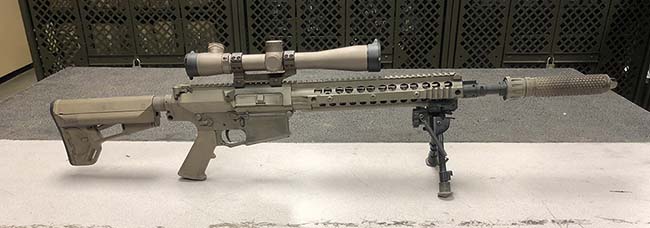
Times Have Changed
In the early stages of the war in Iraq, the sniper found himself in urban environments. The days of sneaking around the jungle looking for the VC commander and employing singular, well-aimed shots were a distant memory. Instead, snipers would sneak into a town under the cover of darkness and set up inside of a building. These conditions lead to short, quick engagements with target rich environments.
At that time, the sniper community was working with Post-Cold-War-era technology. The tried and true Remington .700 action in the form of the M24 Sniper Weapon System, topped with a Leupold Mark 4 fixed power scope. The M24 was a bolt-action 7.62mm rifle. Married with M118lr, 175gr match ammunition, it could deliver accurate fire to man-size targets at ranges of 800 meters. While accurate, this platform had its shortcomings. It was heavy, had a small magazine capacity and slow to reload.
Enter the M110 Semi-automatic Sniper System (SASS) by Knight’s Armament Company fielded in 2008. Knight’s had based their product on the SR-25 version of the original AR-10 designed in the ‘50s by Eugene Stoner. It was semi-automatic, magazine-fed, suppressed, had an adjustable length of pull and fired the same M118lr ammo. In addition, the Army had elected to have it outfitted with the Leupold Mark 4 with Tactical Milling Reticle in 3.5-10x40mm. Due to the rifle’s design with a free-floating handguard, a PSQ-20 night optic could be mounted in front of the day optic, eliminating the need to swap sights.
This new platform performed well but came with shortcomings of its own. It was heavy, weighing in at 15 pounds and 46 inches long. This meant clearing your way through a building enroute to your hide site was cumbersome and tedious. The suppressor with its overlapping design, reduced the length added to the end of the barrel but trapped heat. Couple this with rapid follow-up shots and the 100+ degree temperatures found in the Middle East, and barrel mirage becomes much more challenging.
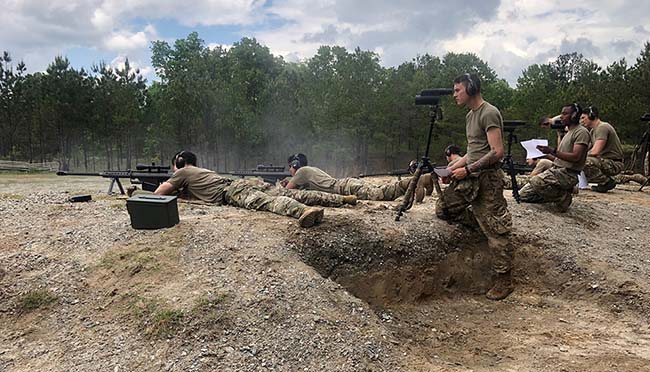
New Compact Semi-Automatic Sniper System (CSASS)
Fast forward to modern day and the folks in acquisitions are finalizing decisions on the Compact Semi-Automatic Sniper System. This platform will have a redesigned suppressor, 16-inch barrel and collapsible buttstock. The real advantage to this system is its compact size.
Reception of the new rifle has been lukewarm at best. Its current layout keeps the same antiquated day optic and ammunition, while losing considerable accuracy at ranges past 600 meters. If you weren’t aware, 600 meters and beyond is where the sniper gains his relevancy over his Squad Designated Marksman (SDM) brethren. There has been some commotion about the new rifle being outfitted with a 1-8x optic and getting a new fielding requirement to be used as an SDM rifle. That is fine and all but raises two questions: what is the way ahead for an M110 SASS replacement? Also, if there is a need for intermediate range target engagements, why not employ the underutilized sniper, every Combat Arms Battalion already has? No need for a new rifle, additional training or manning.
In March 2018 the Special Operations community announced that they were going to move ahead with adoption of the 6.5 Creedmoor as the new sniper round. This adoption alone bridges the gap between the 7.62 Match ammo and .300 Win Mag currently being used, while offering a lighter recoiling round that travels faster and is less affected by wind. The Special Operations community has freedom of maneuver and the ability to reach out into the market to choose the weaponry and ammunition it deems best. But the conventional side of the force doesn’t have these privileges.
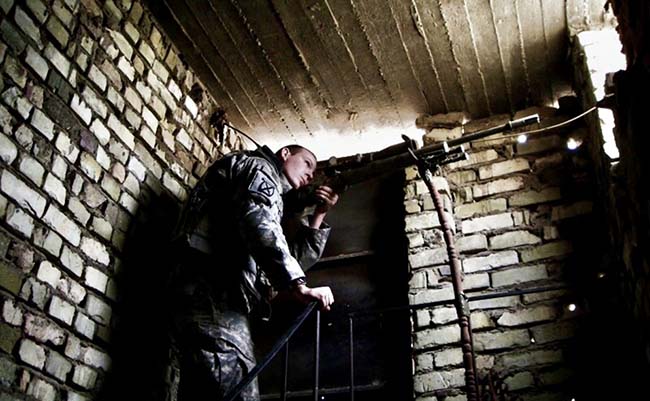
One Size Fits All Doesn’t Work
The sniper community is small. Currently, snipers number less than 2000 and account for about 0.004 percent of the total Army manpower. With a community that small, there is no need for equipment acquisitions to be decades in the making.
The military needs to stop its “one-size-fits-all” approach to arming the sniper community. Each unit has a different mission and may require different equipment and ammunition. A commander in the 101st Airborne (Air Assault) may need his snipers to be able to effectively engage dismounted targets in the mountains of Afghanistan, while a commander in the 3rd Infantry may need to penetrate light-skinned armor reconnaissance vehicles.
Alternate components and accessories do exist within the supply system. Items such as the Mark 6 with Tremor 3 reticle from Leupold have been awarded a National Stock Number (NSN). The NSN is a numeric code applied to all items currently available with the Department of Defense supply system. The Mark 6 offers more magnification, a reticle pattern that facilitates rapid ranging, wind dots and a grid system for follow-up shots. Simple upgrades like this coupled with 6.5 Creedmoor ammunition would greatly increase the effectiveness of the sniper but remain unavailable to the conventional force.
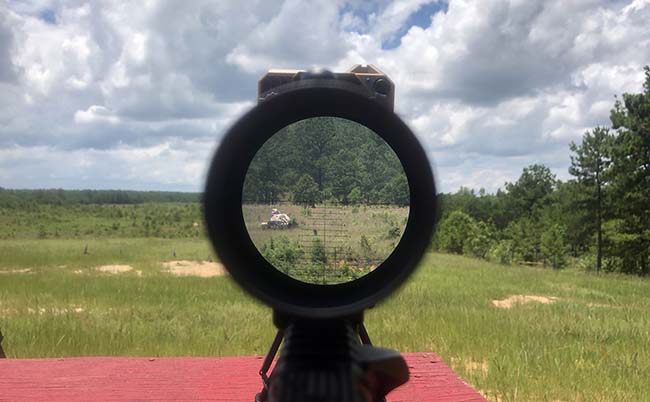
Snipers Need Options
What do the sniper and his commander actually need? Options. Establish a modular sniper system within the Defense supply chain that the commander can choose from. Within this system will be the full accompaniment of optics, rifles, ammunition, laser range finders and accessories that will allow them to choose a specific package that fits their mission set. One-size-fits-all approaches, while a necessity for the common force, do not apply to such a highly specific job.





